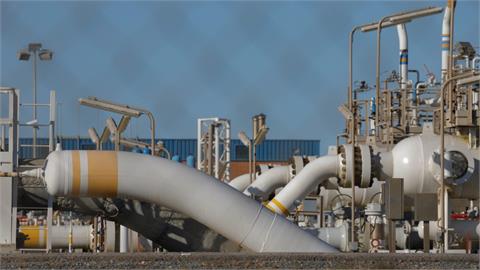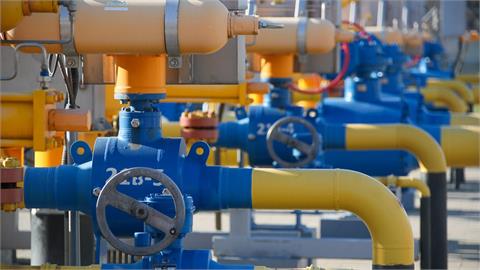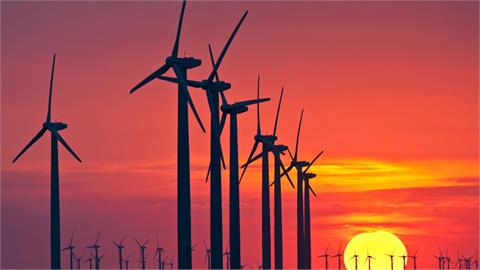U.S. nuclear power plants generated 807.1 million megawatt-hours (MWh) of electricity in 2018, surpassing the previous peak of 807.0 million MWh in 2010, the U.S. Energy Information Agency (EIA) said on Thursday.
Although several nuclear power plants have closed since 2010, a combination of uprates, shorter outage durations, and balance-of-plant thermal efficiency improvements led the U.S. nuclear power fleet in 2018 to see its highest capacity factor on record, at 92.6 percent, according to the agency.
Between 2010 and 2018, only one new nuclear power plant came online in the U.S. in the fall of 2016, providing 1.2 gigawatts (GW) of additional power, while seven plants with a combined capacity of 5.3 GW had retired since 2013. Despite changes in capacity from plants coming online or retiring, the U.S. nuclear power fleet maintained electricity generation near 800 million MWh for over a decade for several reasons.
"Several plants commissioned uprates, which involves modifying the plant to increase its generating capacity. EIA recorded 2.0 GW of thermal power uprates between 2010 and 2018, nearly the equivalent of adding two new reactors similar to Watts Bar Unit 2," the EIA said. As of the beginning of the year, the U.S. had 98 nuclear power reactors at 60 plants. However, the EIA expects that U.S. nuclear power output will decline in the near future.
The 2018 peak level of U.S. nuclear generation is unlikely to be surpassed in the coming decades, as only two new nuclear reactors are scheduled to come online in the near future. The two reactors, which are planning to come online in 2021 and 2022, would provide 2.2 GW of additional power. However, this new capacity will not offset the capacity that is expected to retire in the next seven years.
As more nuclear power plants close, the EIA projects that by 2025 U.S. nuclear capacity will fall by 10.5 GW and that net electricity generation will decline by 17 percent.



